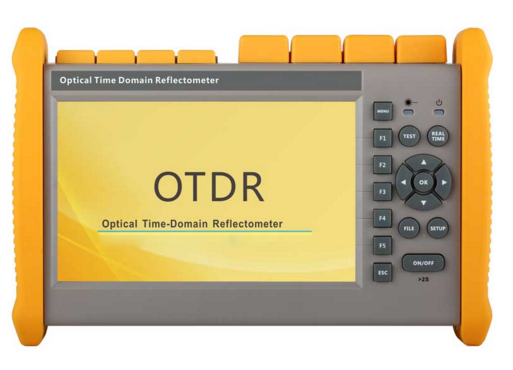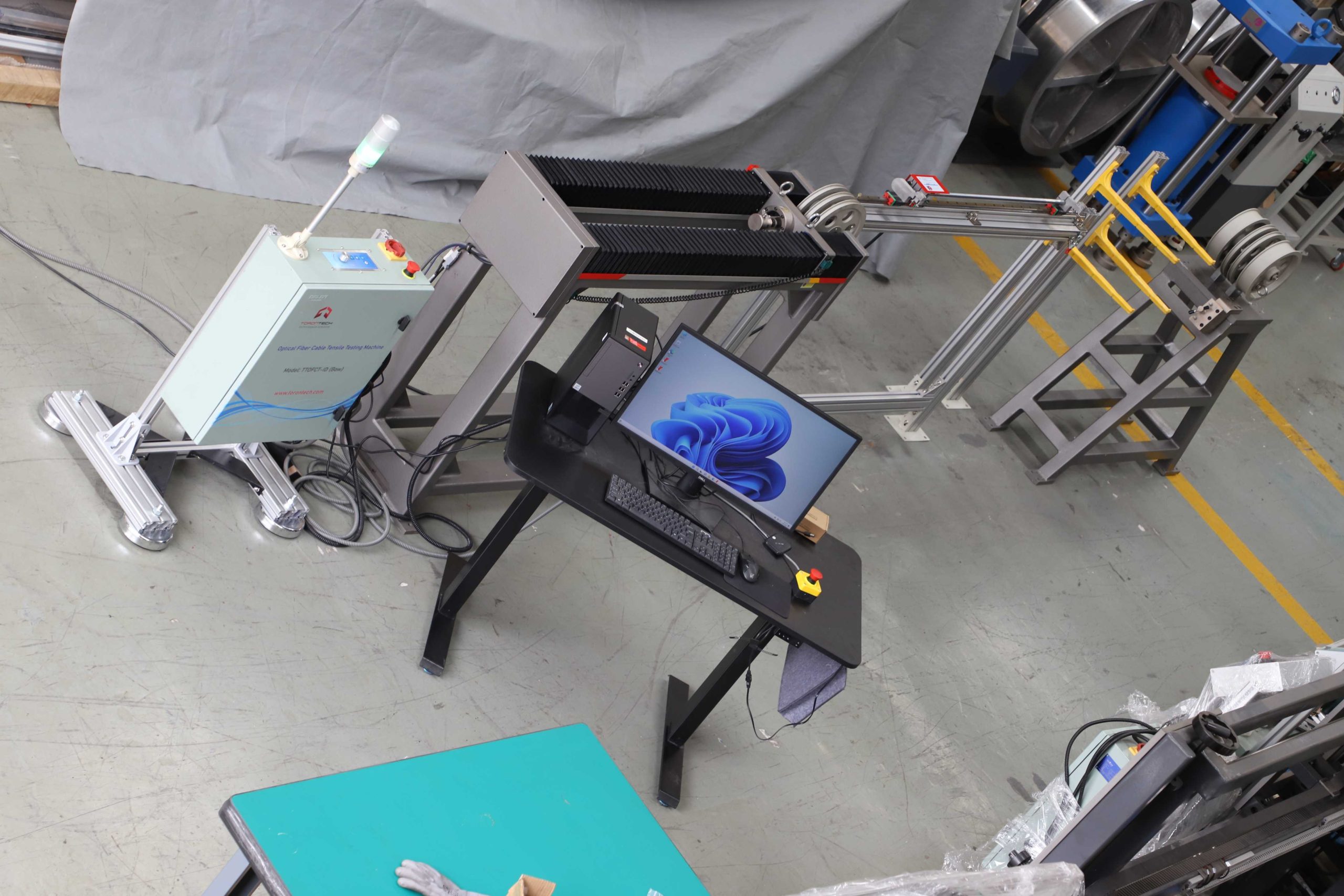Crucial Features to Look for in Optical Fibre Screening Equipment
When examining optical fibre screening equipment, numerous vital attributes call for careful consideration to ensure ideal efficiency and dependability. Compatibility with existing sector requirements enhances performance, while advanced measurement capacities, including TDR and OTDR screening, offer essential insights right into network stability. Recognizing these features will certainly lose light on how to select the appropriate equipment for your certain requirements.
Precision and Precision
Accuracy and precision are crucial criteria in the evaluation of optical fiber testing tools. These two features ensure that measurements show truth performance of fibre optic systems, which is important for reliable network installation, maintenance, and troubleshooting. Accuracy refers to the nearness of a gauged worth to the real value, while precision signifies the repeatability of dimensions under unmodified conditions.
When selecting optical fibre testing devices, it is important to take into consideration tools that give high precision and precision to lessen mistakes in information analysis. Tools such as optical time-domain reflectometers (OTDRs) and power meters need to have calibration devices to make certain regular efficiency over time. Additionally, the requirements supplied by suppliers need to information the tools's dimension unpredictability, which straight affects the reliability of test results.
Moreover, the performance of optical fibre testing tools can be affected by ecological aspects, such as temperature and humidity. Choosing tools made to reduce these variables will enhance measurement integrity. Finally, buying optical fibre screening devices with robust precision and precision features is basic for keeping optimal network efficiency and ensuring the honesty of fibre optic communications.

User-Friendly Interface
The performance of optical fibre testing tools is not solely figured out by its accuracy and precision; an user-friendly user interface plays a considerable duty in enhancing operational performance. A properly designed interface simplifies the communication in between the technician and the devices, permitting a more intuitive understanding of intricate functions.
Key functions of a straightforward user interface include clear navigation menus, rational layouts, and quickly available controls. These components make it possible for specialists to carry out tests quickly without considerable training, reducing the possibility of individual error - ofda. Moreover, visual indicators such as progress bars, notifies, and graphical representations of data can substantially improve the individual experience by supplying prompt comments on the testing process.
Furthermore, adjustable settings can further simplify procedures by enabling individuals to change specifications according to particular testing needs. This versatility not only saves time yet likewise makes sure that the devices meets varied application requirements.
Integrating aid features, such as tooltips and detailed manuals, into the user interface can even more encourage users, advertising self-sufficiency and confidence in operating the tools. Ultimately, a straightforward interface is necessary for making the most of the possibility of optical fiber testing devices, bring about much more efficient and efficient testing results.
Transportability and Durability
Transportability and durability are robotic vision crucial features of optical fiber testing tools, guaranteeing that it can hold up against the roughness of various atmospheres while staying very easy to transportation. Technicians typically operate in diverse settings, from telecommunications hubs to remote setups, making it important that testing tools are lightweight and portable (ofda). Equipment made with mobility in mind normally features ergonomic manages and instances that promote easy activity, hence boosting functional performance on-site
Sturdiness is similarly necessary, as optical fiber testing equipment is frequently exposed to harsh conditions, consisting of temperature level changes, wetness, and physical impacts. Devices constructed with sturdy products such as strengthened plastics or metal real estates are much better fit for these environments, reducing the risk of damage throughout use and transport. In addition, tools with water and dust resistance ratings, such as IP rankings, makes sure trustworthy performance in tough problems.
Compatibility With Standards
Making certain compatibility with sector criteria is crucial for optical fibre screening devices, as it straight affects the reliability and credibility of test outcomes. Optical fibre networks undergo strict efficiency requirements established by different organizations, consisting of the Telecoms Market Organization (TIA) and the International Electrotechnical Commission (IEC) Testing equipment has to comply with these standards to make certain that measurements are regular and similar throughout different systems and atmospheres.
When selecting optical fibre screening equipment, individuals must confirm that the device fulfills pertinent standards pertinent to their specific application, such as those pertaining to depletion, bandwidth, and crosstalk. Tools that is certified with established criteria not just helps in attaining accurate outcomes yet also helps with interoperability amongst devices from various manufacturers.
Additionally, compatibility with criteria makes certain that the tools can be made use of in regulatory compliance situations, which is crucial for jobs in fields such as telecommunications, aerospace, and armed forces applications. Spending in optical fiber screening devices that straightens with current industry standards is a fundamental facet of keeping top quality guarantee and attaining optimum network efficiency.
Advanced Dimension Abilities
Advanced measurement abilities are a defining feature of modern optical fibre screening tools, permitting thorough evaluation of network performance. These abilities guarantee that specialists can assess critical parameters such as signal loss, diffusion, and transmission capacity, which are crucial for preserving optimal interaction performance.
One secret aspect is the ability to perform time-domain reflectometry (TDR) and optical time-domain reflectometry (OTDR) tests. These techniques enable customers to determine faults, determine the length of fibers, and identify the location of issues with exceptional precision - ofda. Sophisticated equipment usually includes the capacity to determine optical power degrees, assisting to analyze the general wellness of the network and guarantee conformity with the required requirements.
Furthermore, some screening tools offer advanced formulas for real-time evaluation, making it possible for quicker medical diagnosis and troubleshooting. In conclusion, investing in optical fibre testing devices with sophisticated dimension capacities is essential for guaranteeing network reliability and performance in today's demanding telecommunications landscape.
Final Thought
